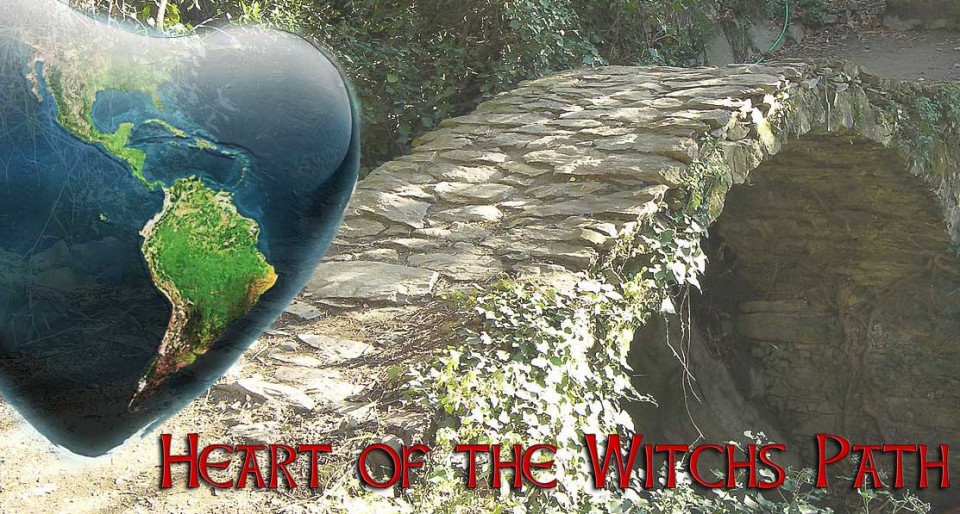
Odin’s wife was considered to be the Mother of all; and protectoress of children. She spins the sacred Distaff of life, and is said to know the future, although she will not speak of it.
Goddess of feminine arts, associated with hawks and falcons, Frigga is the patron goddess of the home and of the mysteries of the married woman. She is seen as Odin’s match (and sometimes his better) in wisdom; she shares his high-seat, from which they look out over the worlds together.
Frigga was the Goddess for whom Friday was named. In mythology she was the Norse equivalent to the ‘Cosmic Mother’. The Anglo Saxons knew her as Frig and the ancient Germans knew her as Frija. To the Celts she was known as Danu, Brigantia, in Greece she was the primordial Goddess Eurynome, later re-invented as Aphrodite. Frigga’s function was as the Goddess of time, weather, married and motherly love, marriage, sexuality, parenthood and the bestower of children. Frigga was often depicted as white or dark clouds depending on her mood.
Frigga is especially concerned with keeping social order. She is called on for blessings when women are giving birth and for help in matters of traditional women’s crafts (spinning, weaving, cooking, sewing) and the magics worked thereby. Frigga can also be called on by mothers who want to protect their children. In olden days, this was especially the case with sons going out to battle, for whom their mothers would weave or sew special protective items. She is also called Hlin (protectress).
Frigga is the mother of Balder and is often thought of as still mourning for him. She is a seeress, who knows all fates, though she seldom speaks of them. Her hall is called Fensalir – “marsh-halls”. She has a handmaiden called Fulla and a messenger named Gna.
Despite the likeness of names and the similar relationship to Odin, Frigga should not be confused with Freya, who shares none of her essential traits. Her only departure from strict social behavior is that during one of Odin’s journeys away from Asgard, she is said to have taken his brothers Vili and Ve as husbands; however, this probably shows the queen-goddess as the embodiment of sovereignty. Her name is also not directly related to the English slang-word, though the two derive from the same original root (“love pleasure”). Old Norse Frigg, Anglo-Saxon Frige, Old High German Frija, Wagnerian Fricka.
In the heavenly realm of Asgard, Frigg lived in a magnificent palace called Fensal. She sometimes dressed in the plumage of falcons and hawks, and she could also travel in the form of these birds. She had 11 maidservants: Fulla, Hlin, Gna, Lofn, Vjofn, Syn, Gefjon, Snotra, Eir, Var, and Vor, who helped the goddess in her role as goddess of marriage and justice. They are sometimes considered to be various aspects of Frigg herself rather than distinct beings.
Frigga’s element is Earth, her color is green, her form of divination – the Runes. Frigga helps develop the ability to feel clearly to sense messages and information. She is associated with Crystal healing and her stones are Actinolite, Aventurine, Chysocolla, and Emerald. Her crafts are cooking, housekeeping, and ointments.
Heart of the Witchs Path YouTube channel:
https://www.youtube.com/channel/UCNFiMg7JNvy2wIywW-OEAHw
PodOmatic site for podcasts:
http://heartofthewitchspath.podomatic.com
iTunes site for podcasts:
https://itunes.apple.com/us/podcast/heart-of-the-witchs-path/id1141474394
Heart of the Witchs Path Instagram:

Pingback: ABCs of Norse Mythology – Master List | Heart of the Witch's Path